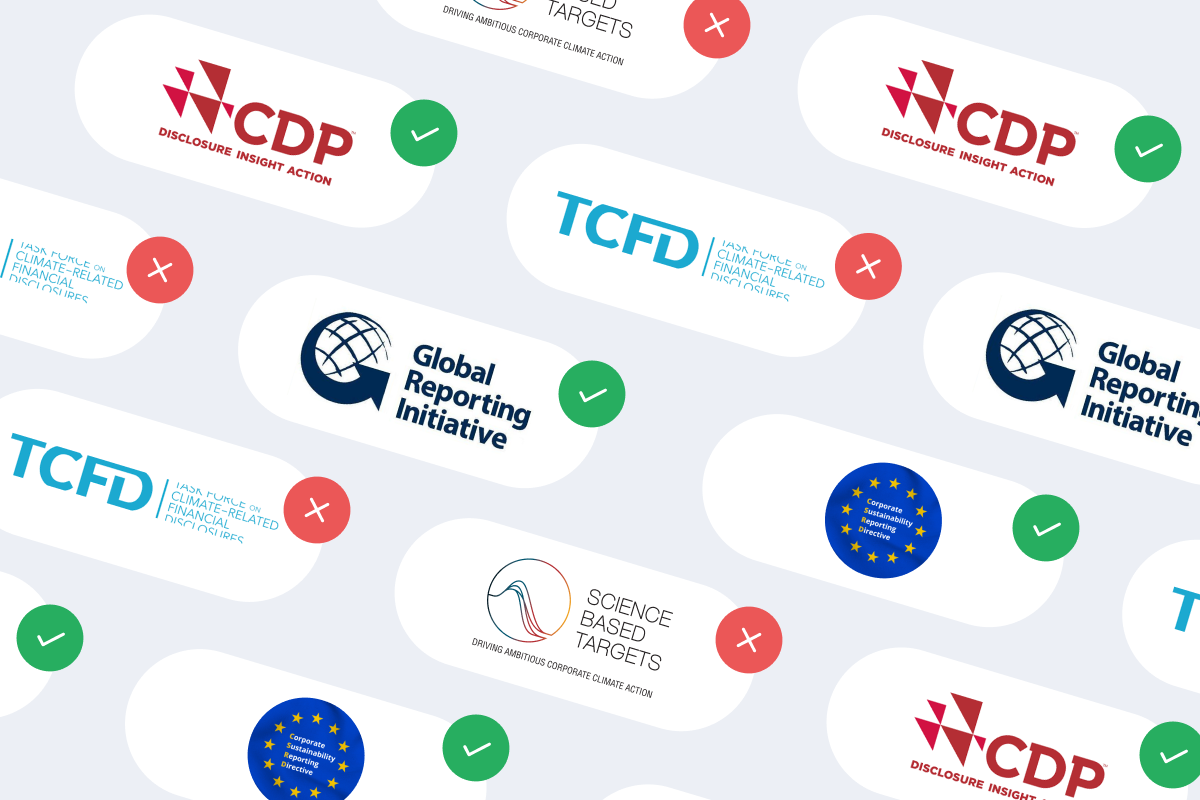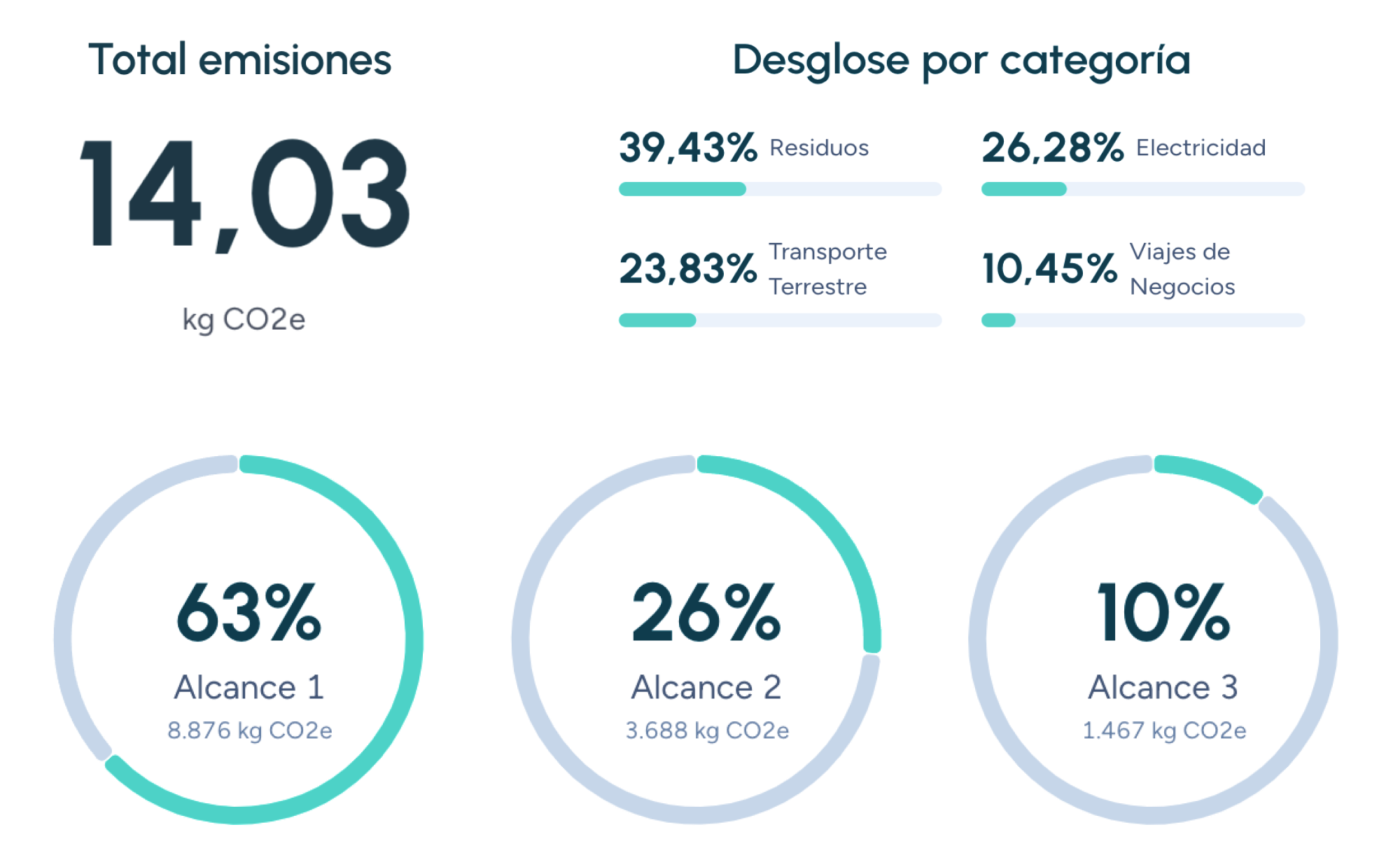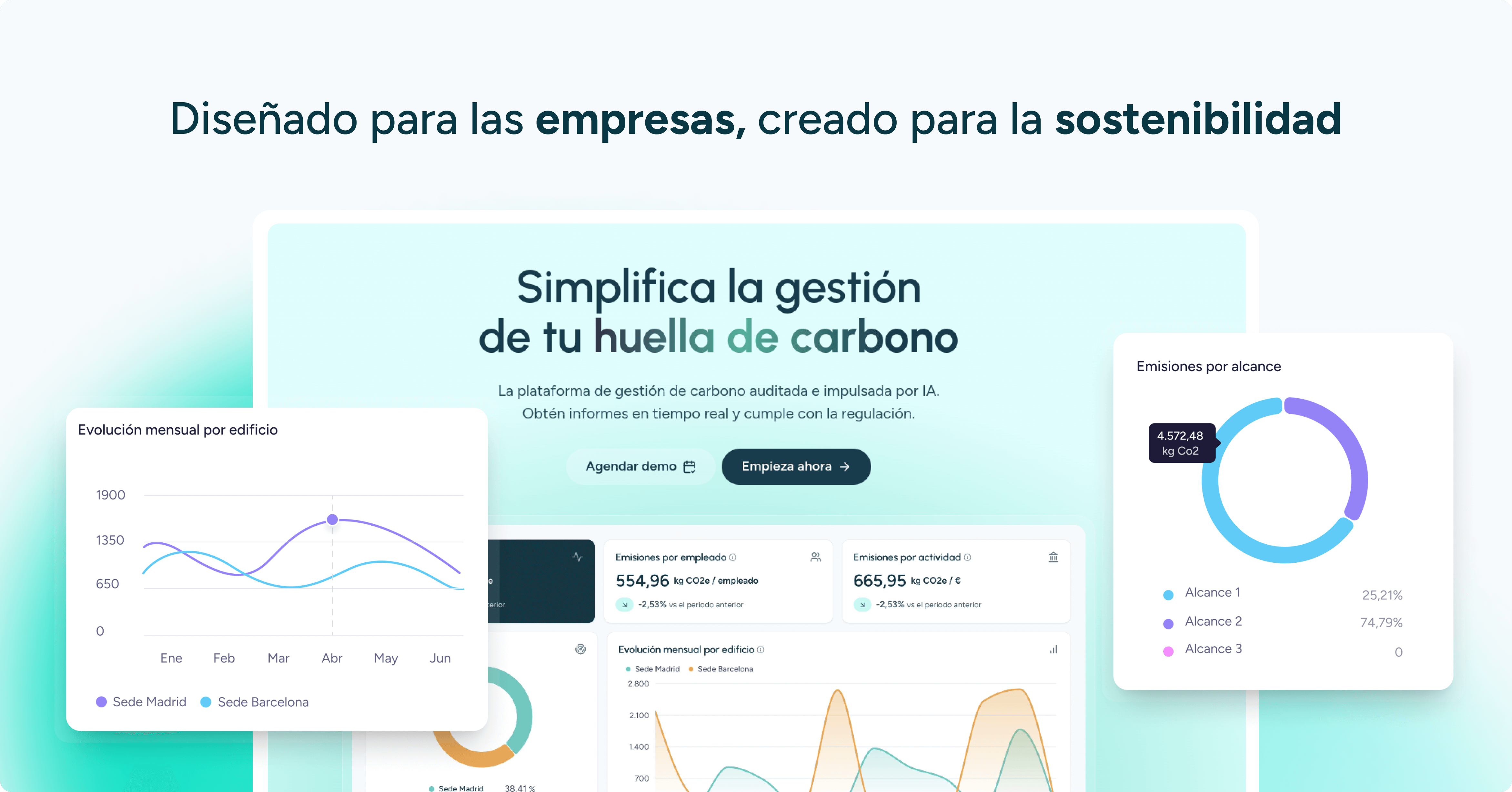Double Materiality and the CSRD
Double materiality is an analytical approach that identifies and assesses the interdependence between a company’s impacts on sustainability and the risks and opportunities sustainability poses to the company itself. It addresses two key questions:
- Impact materiality: How do the company’s operations affect the environment and society?
- Financial materiality: How do environmental and social factors affect the company’s financial health and long-term development?
Impact materiality
This dimension focuses on how the company affects the outside world. It includes issues such as:
- Greenhouse gas (GHG) emissions
- Water use and management
- Human rights in the supply chain
- Contributions to local community development
Financial materiality
This looks at how environmental and social issues impact the company itself. It covers:
- Risks such as climate change, resource scarcity, regulatory shifts, and changing consumer demand
- Opportunities including clean technology development, new market access, and enhanced brand reputation
Double materiality and carbon footprint measurement
Carbon footprint measurement is a core component of environmental impact and a key part of double materiality analysis. By quantifying GHG emissions from operations, products, and services, companies can:
- Identify major emission sources and improvement areas
- Evaluate financial risks associated with carbon emissions, such as carbon taxes, regulatory compliance costs, and energy price volatility
- Identify cost-saving opportunities through energy efficiency and renewable energy adoption
- Respond to increasing demands from investors, customers, and other stakeholders for transparency and climate action
From a double materiality perspective, carbon footprint measurement should account for:
- Direct and indirect emissions (Scope 1 and 2)
- Value chain emissions (Scope 3) — covering upstream and downstream activities, from raw material sourcing to product use and end-of-life disposal
Benefits of applying double materiality
Integrating double materiality into carbon footprint measurement and broader sustainability strategy offers numerous advantages:
- Improved risk and opportunity management: Helps proactively identify and manage sustainability-related risks and opportunities, enhancing long-term resilience
- Stronger investor trust: Transparent sustainability disclosures build investor confidence and improve access to sustainable finance
- Enhanced corporate reputation: Demonstrating genuine sustainability commitment boosts brand image and public trust
- Innovation driver: Tackling sustainability challenges encourages the development of new products, services, and business models
- Regulatory compliance: The CSRD requires companies to disclose how they manage sustainability risks and opportunities, including their carbon footprint
Double materiality and the CSRD
The Corporate Sustainability Reporting Directive (CSRD) embeds double materiality at its core. It mandates that companies report on:
- How they impact the environment and society (impact materiality)
- How sustainability factors affect the business (financial materiality)
By adopting a double materiality lens, businesses not only comply with EU regulations but also position themselves as leaders in the transition to a low-carbon, sustainable economy. With Manglai, companies can streamline the data collection and reporting process—ensuring accuracy, transparency, and strategic value from their sustainability efforts.
Companies that already trust manglai














D2w
D2w refers to an additive that, when incorporated into conventional plastics, aims to speed up their degradation through a process known as oxidation.
Decarbonization
Discover what decarbonization means and how this shift toward a sustainable future can help combat climate change. Learn about key strategies and measurement tools.
Guiding businesses towards net-zero emissions through AI-driven solutions.
© 2025 Manglai. All rights reserved
Política de Privacidad


